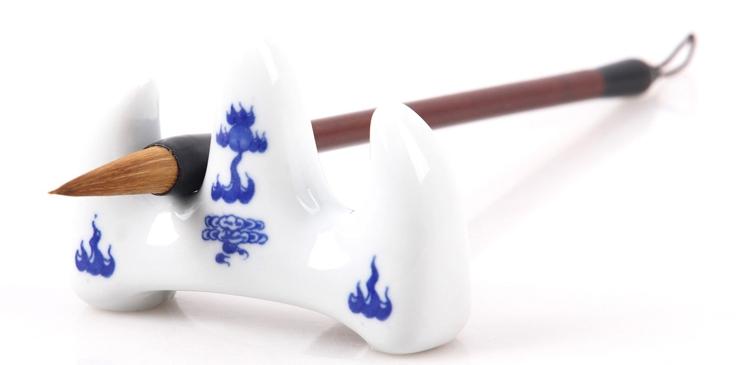With such a small community of students all living and attending classes in the same buildings, NYU Shanghai was a refreshing new experience for many of us New Yorkers. For better or for worse, most of us had long grown self-sufficient and accustomed to being alone after two years of college in the city. Study abroad was a welcome change, because for the first time ever, we got to do the whole “small college experience” thing, where you could get to know the majority of your classmates. But by the time November rolled around, I found myself feeling a bit, well, claustrophobic.
Call me a cynic, but after months of hanging out with the same group of people, the factor of “newness” and the initial excitement of meeting everyone had faded away. To be fair, this also occurred right around the time the temperature outside began dropping—Shanghai’s freezing in the winter. Don’t believe them when they say you won’t need a hat or scarf. My mind started wandering, and I found myself missing home… But sometimes you just need a creative outlet to help you stay grounded, and that’s where NYU Shanghai’s culture classes came into play.
Though I came to Shanghai toting a sketchbook, acrylics and brushes with plans of painting the Bund, I never quite made it there. Having these weekly culture classes, however, made me realize how much I missed and needed art in my life.
Every Wednesday, I studied calligraphy and Chinese brush painting with Zhou Laoshi (周老师, Teacher Zhou), who may be one of the most jovial, patient and easy-going instructors I’ve had yet. In class, Zhou Laoshi demonstrates—and he makes all of it look so easy—while the students attempt to mimic him step-by-step.
Working with Chinese paintbrushes certainly ain’t easy. Pressing down on the paper too roughly and using too much ink will give you a blotch of indiscernible Chinese characters. Too little ink, on the other hand, will make your characters or painting seem flat. It’s a craft that requires a lot of patience and discipline. For me, it was a skill that tested my own control and a form of meditation because when you’re grasping the brush in your hand, the only thing on your mind is the brush and the piece of work before you.
I remember practicing calligraphy and brush painting with my grandpa when I was younger. I did it so much that after a while, it began to feel like a chore, less of a hobby and more of an obligation. In these culture classes, however, it was an hour of pure expression and experimenting.
Susan Cheng is currently a junior at NYU, studying Journalism and East Asian Studies. In her free time, she enjoys traveling and documenting her experiences through writing, taking photographs and sketching.


